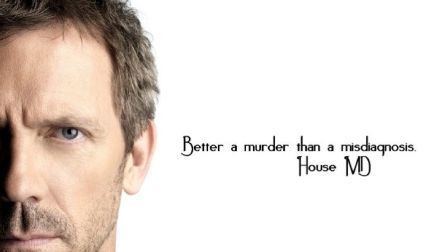Misdiagnosis. What’s in a word?

June 11, 2015 - For patients, misdiagnosis usually brings about fear, frustration, disappointment, sadness and many times anger; lots of it. For providers, it can involve exactly the same emotions along with a feeling of shame and isolation as the healthcare system has not yet fully embraced the concept that to err is–truly–human.
Misdiagnosis affects 12 million people in the US alone each year, and most experts believe this is an underestimate. You can be misdiagnosed for an acute illness like a urinary tract infection or a chronic one such as irritable bowel syndrome. In fact, recent studies from a large, urban VA facility and integrative primary care system revealed that a variety of common conditions, such as heart disease and pneumonia, are often missed in those settings and, in some cases, multiple diagnoses are overlooked. People with rare diseases, autoimmune disorders and chronic ailments suffer disproportionately from misdiagnosis. They spend years, some even more than a decade, going from doctor to doctor with no clear answers or help for their situation. Cancer is one of the most misdiagnosed conditions, with a staggering 44% of cases like melanoma, colon, breast and lung cancer being incorrectly diagnosed, according to research published in the Journal of Clinical Oncology. With Americans spending upward of $88 billion per year for cancer care according to the Agency for Healthcare Research and Quality, it is disturbing to consider those high rates of error. The list goes on and on and to add more insult to injury, “the number of missed major diagnoses has not essentially changed over the past 20-30 years” although progress in diagnostic tools and techniques has increased at a great pace during the same time…
Io Dolka:
- LinkedIn Article
- Role: Writer
- Date: 6/11/2015
- Link: https://www.linkedin.com/pulse/misdiagnosis-whats-word-io-dolka/
Sorry, the comment form is closed at this time.